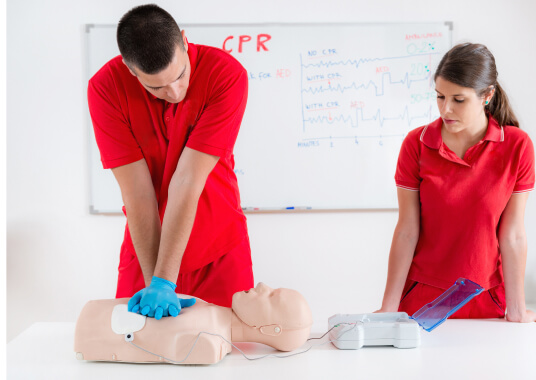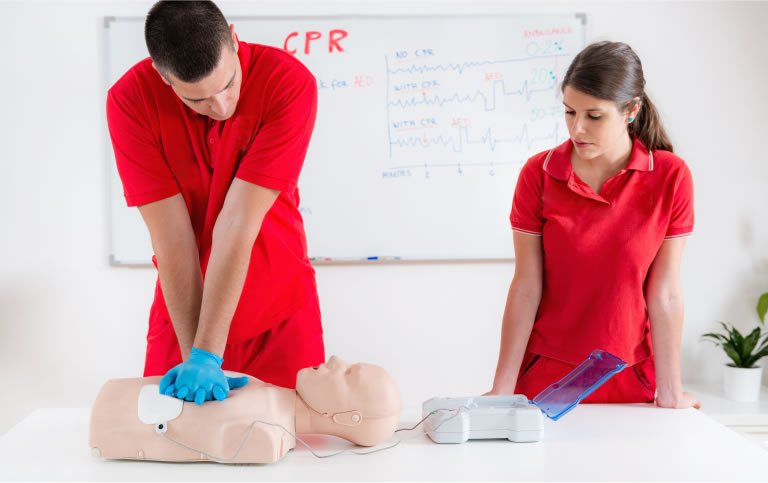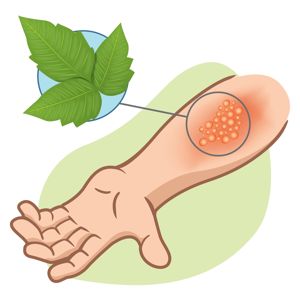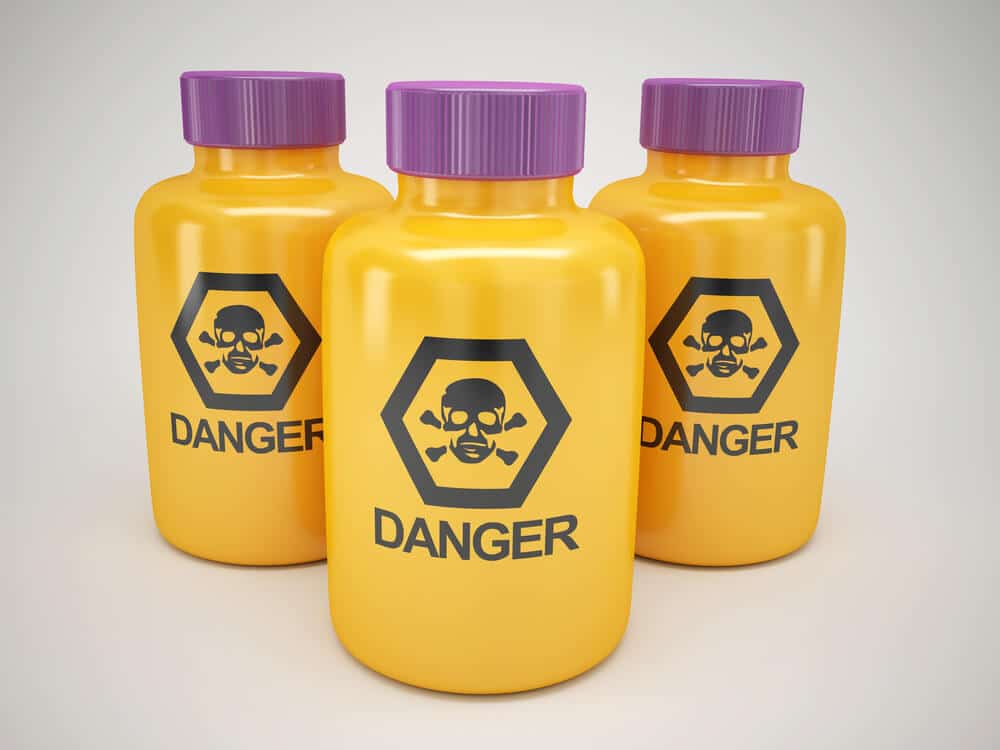CPR, First Aid, BLS, ACLS, PALS certifications.


Learn how to provide essential care before emergency responders arrive with our 100% Online First Aid Course. Complete it in 1–2 hours and receive instant certification valid for 2 years—plus unlimited quiz retakes.
| Chapters | CE Credits | Validity | Cost | Duration | ECC | Exam Attempts | Wallet Card |
|---|---|---|---|---|---|---|---|
| 25 | 6.0 | 2 Years | $36.95 | 1-2 Hrs | Compliant | Unlimited | Download/Print/Mail |
A poison is any substance that can cause harm—injury, illness, or even death—if it enters the body, either accidentally or on purpose. It can be dangerous when swallowed, inhaled, absorbed through the skin, or injected.

Some common sources include:
If someone is poisoned, symptoms might include:

This section of your Online First Aid Course helps prepare you to act quickly and safely in any poisoning emergency.